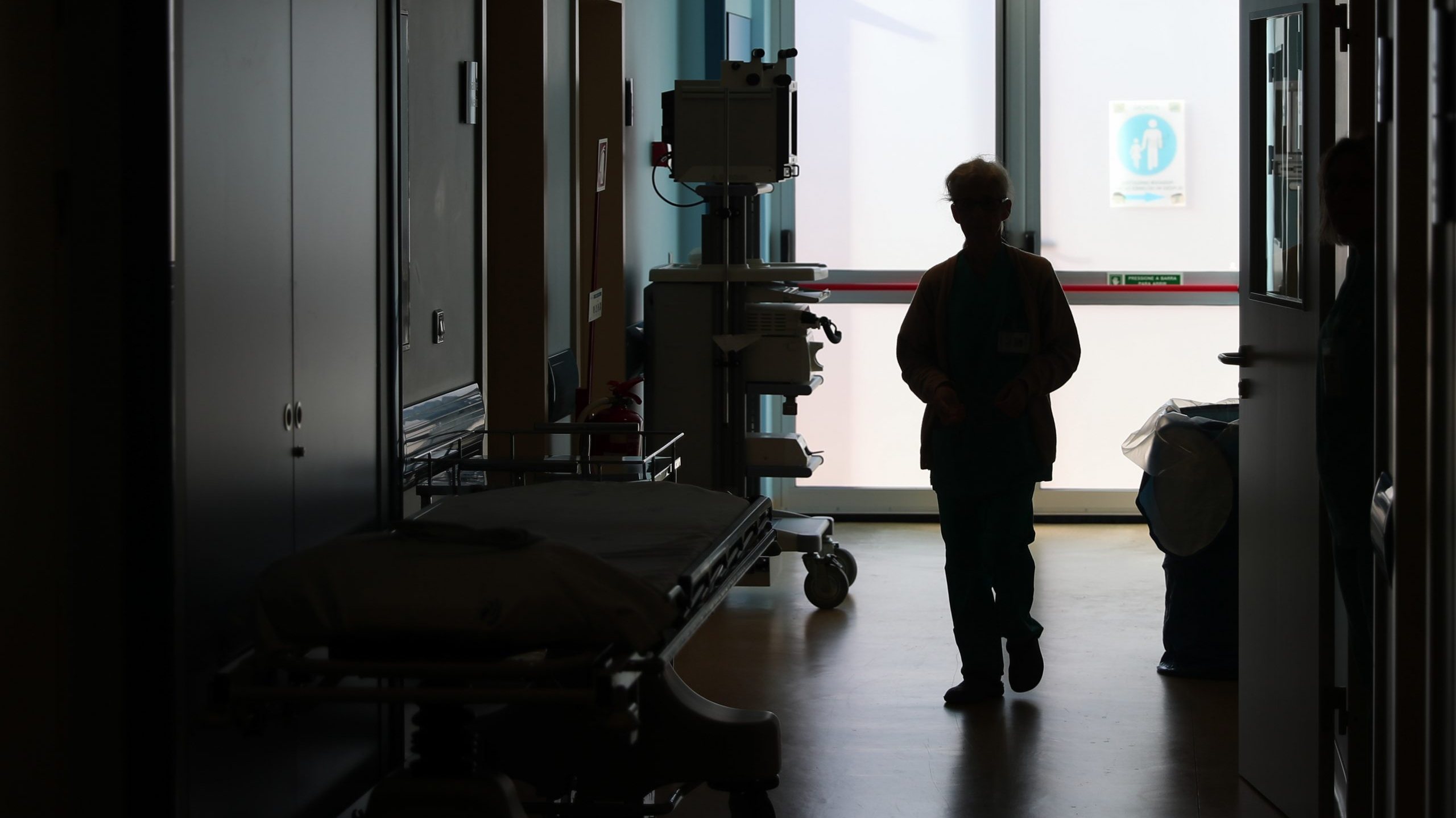Portugal has “a clearly unequal distribution” of Stroke Units (UAVC) and most of the units “have significant limitations in infrastructure and human capital,” indicates a study released this Sunday.
The study, “Characterization of Stroke Units in Portugal 2021”, was organized by the Sociedade Portuguesa do Acidente Vascular Cerebral (SPAVC) and aimed to understand the functioning of the Green Way of AVC (VVAVC) and the UAVC.
In summary, SPAVC explained today in a statement, the study “demonstrated that the existing referral networks for acute revascularization therapy do not follow a concerted and properly organized national plan” so that there is “a geographically equitable network”.
There is, it is said in the 135-page study, “a clearly uneven distribution of UAVC in the Portuguese territory”, being more evident in the southern region.
As examples of the limitations, some as a result of the restructuring due to the covid-19 pandemic, the study points out that three out of 35 UAVC admit not having their own team of nurses, and five out of 35 do not have dedicated physiotherapists.
Also three out of 35 say they do not have speech therapists in the UAVC team. A total of 35 UAVC and nine more hospitals were identified, on the mainland and islands, indicating the creation of seven more UAVC since 2017.
“Three of 35 UAVC remain without their own geographically delimited space. Only six out of eight UAVC waves (75%) have the ability to automatically detect arrhythmic events, 17 out of 35 UAVCs do not have a Monitoring Center with this capability, and 16 out of 35 UAVCs do not have Lower Limb Pneumatic Compressors. In fact, one in 35 UAVC does not even have continuous ECG monitoring capability,” the study says.
The reinforcement of doctors, nurses, therapists and operative assistants was one of the main and most worrying needs cataloged as common to the different UAVC analyzed, according to the document, which also speaks of the need to stabilize the teams and exclusive dedication to the UAVC . , or the reinforcement of places and facilities.
Quoted in the statement, Miguel Rodrigues and José Mário Roriz, who coordinated the work, state that “the appearance of UAVC and the implementation of VVAVC played a decisive role in reducing mortality from stroke in the last decade and in improving acute stroke care in Portugal. “.
But they warn that “the functioning of the VVAVC and the structure and organization of the UAVC is different at the national level”, with the different hospitals adopting different operating models and human resources.
Also, they say, the UAVC “have never been formally recognized or integrated into a national network”placing limitations on its organization and operation.
Those responsible for the study recommend, in particular, that a National Network of Stroke Units be created, that each hospital define an acute stroke policy and that hospitals be provided with specific financial and human capital resources.
The authors of the study, carried out in collaboration with the Portuguese Society of Physical Medicine and Rehabilitation, point out that it was edited after the last Portuguese population census, the 2021 Census, which shows an aging of the resident population, with about 24% of citizens in 2021 with 65 years or more (in 2011 they were 19%).
“Since age is one of the strongest risk factors for stroke, this increase in the population in this age group will translate into an increase in the global incidence of stroke,” they warn, adding that there has been a positive evolution. in the availability of hospitals for acute stroke.
Stroke is the leading cause of death and disability in Portugal, and it is estimated that one in six people will suffer a stroke in their lifetime.
Source: Observadora
